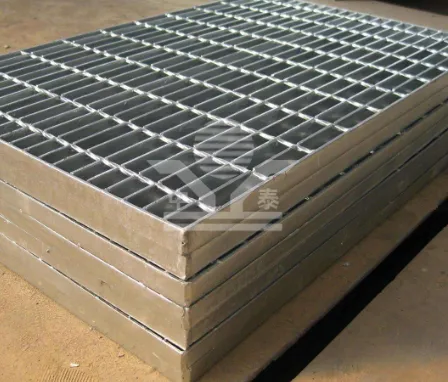Net for Plant Climbing A Supportive Solution for Garden Enthusiasts
Gardening enthusiasts often seek innovative ways to support their climbing plants, ensuring they grow healthily while maximizing space in their gardens. One such solution that has gained popularity among gardeners is the use of netting specifically designed for plant climbing. This supportive setup not only promotes vertical growth but also enhances the aesthetic appeal of gardens.
Understanding the Benefits of Climbing Nets
Climbing plants, such as tomatoes, beans, and cucumbers, have natural growth habits that enable them to latch onto supports. Naturally, these plants would climb trees or other structures in the wild. However, in a garden setting, providing a support system is essential for their healthy growth. Climbing nets serve this purpose effectively by offering a durable framework for the plants to grasp.
One significant advantage of using climbing nets is the efficiency in space utilization. Vertical gardening allows gardeners to grow more plants in a smaller area, which is particularly beneficial for those with limited garden space. By encouraging upward growth, climbing nets can turn a vertical wall or fence into a green oasis, giving life and vibrancy to otherwise dull surfaces.
Moreover, climbing nets improve air circulation around the plants. Good airflow helps prevent the buildup of humidity, which can lead to fungal diseases. As the plants are elevated off the ground, they also become less susceptible to pests and soil-borne diseases, contributing to overall plant health.
Choosing the Right Netting
net for plant climbing

When selecting a net for climbing plants, there are several factors to consider. Material is crucial; gardeners can choose between biodegradable options like jute or synthetic materials such as polypropylene. While biodegradable nets are environmentally friendly and will decompose over time, synthetic nets offer durability and resistance to weather conditions, making them a long-lasting choice.
The net's mesh size is another consideration. A finer mesh can support smaller climbing plants, while a larger mesh is suitable for vigorous growers like peas or cucumbers that require more space to climb. Additionally, the height and width of the net should correspond to the growth habits of the plants being supported.
Installation Tips for Optimal Growth
Installing climbing nets requires careful planning. Positioning the netting should allow ample sunlight for the plants while ensuring they are securely anchored. It's often beneficial to set up the net before planting, as this prevents disturbance to young roots.
Regular maintenance is also essential. As plants climb, they may need guidance to stay on track, and gardeners should monitor for any breaks or sagging in the netting. Keeping an eye on the growth will help maximize yield and prolong the life of the garden support system.
In conclusion, using netting for climbing plants presents an effective and aesthetically pleasing solution for garden enthusiasts. By enabling vertical growth, enhancing air circulation, and maximizing space, climbing nets contribute to the development of a healthy and productive garden. Whether you're a seasoned gardener or just starting, investing in a quality climbing net can make a significant difference in your gardening experience.
-
Why Galvanized Trench Cover Steel Grating Resists Corrosion
NewsJul.10,2025
-
The Versatility and Strength of Stainless Expanded Metal Mesh
NewsJul.10,2025
-
Load Calculations in Steel Grating Platforms
NewsJul.10,2025
-
Keeping Pets and Kids Safe with Chicken Wire Deck Railing
NewsJul.10,2025
-
Hole Diameter and Pitch for Round Perforated Metal Sheets
NewsJul.10,2025
-
Aluminium Diamond Mesh in Modern Architecture
NewsJul.10,2025
Subscribe now!
Stay up to date with the latest on Fry Steeland industry news.

